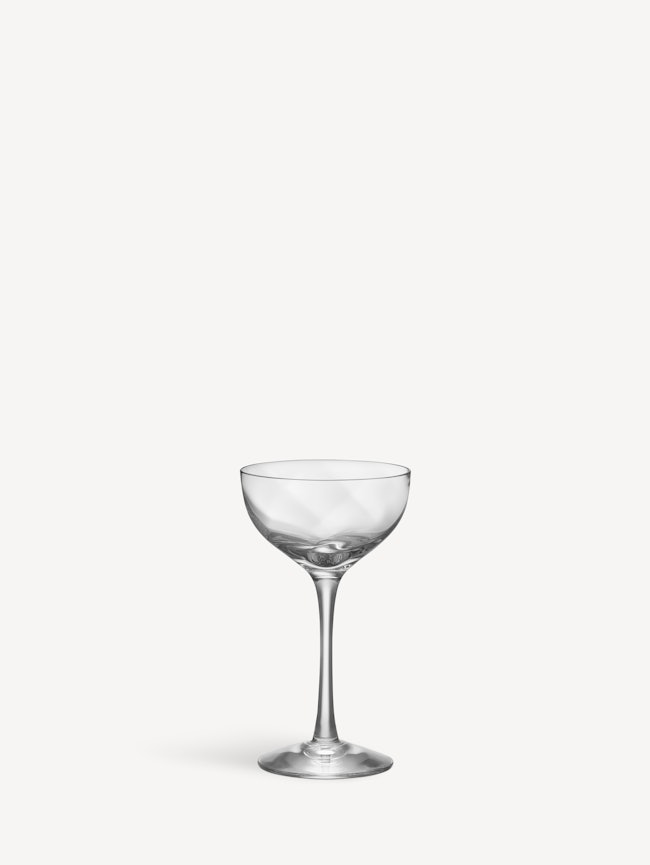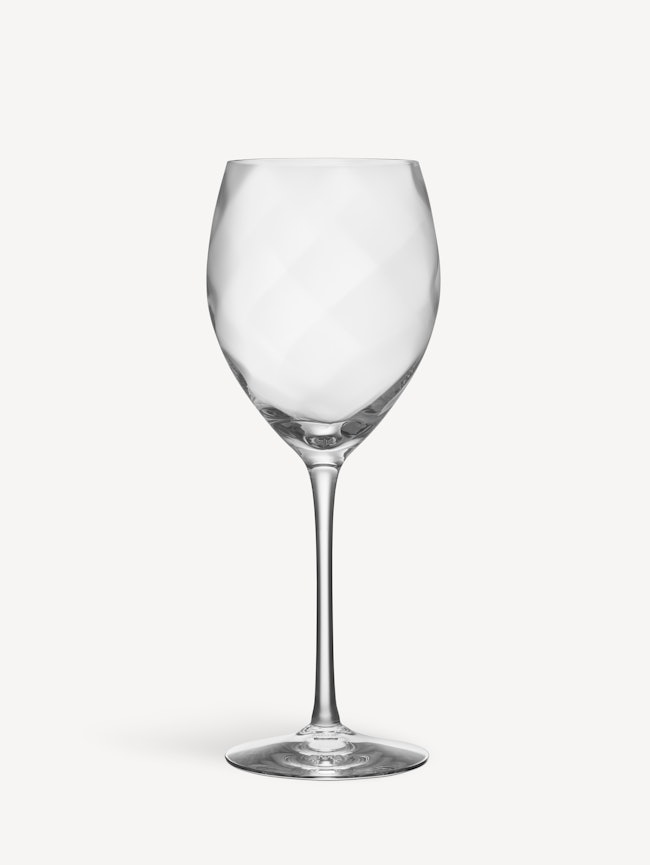Bertil Vallien, born 1938, is one of Sweden's most famous designers and glass artists.
As a designer he’s inspired by sketching, where the sketches create their own world of inspiration, and ideas breed ideas. He also finds inspiration in the glass itself - that it becomes a transparent container, displaying the contents and allowing it to become a part of the glass. Another source of inspiration is functionality. He wants to create products which invite the holder to really use them, while contributing to the festivities in a natural way. At the same time he also wants his creations to provide a sense of craftsmanship. To contribute in the creation of work opportunities and keeping the glassworks alive is a major driving force in his work.
Bertil studied at the University of Arts, Crafts and Design with Stig Lindberg as his teacher, and graduated as the school's best student in 1961. He then studied some courses at the University of Southern California, but was soon employed as an appreciated designer at a ceramics factory instead before he came to Kosta Boda in 1963. Since then he’s won a number of awards and prizes around the world. The Imagine Museum named him Artist of the Future, he received the Royal Swedish Academy of Sciences' medal for his work as a designer, and in 2002 he was awarded the Visionary Award from the Glass Art Society (GAS) - one of the finest awards a glass artist can receive.
For Kosta Boda he has, amongst a lot of other things, designed the collections Picnic and Château, of which the latter has become one of the world's best-selling handmade glassware collections ever. He designed Château in as little as a month, with inspiration from the glassworks' refined manufacturing techniques - Bertil saw them as the watchmakers of the glass kingdom - and with this as a starting point he focused on creating a glass collection that machines could not manufacture. The thin, elegant glass with optical elements became an immediate success.
Products
22 Products


























